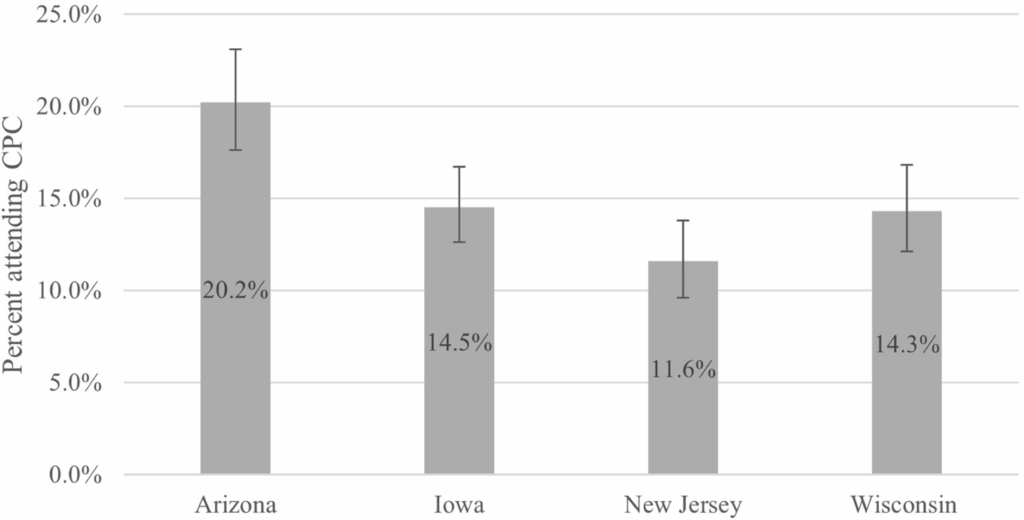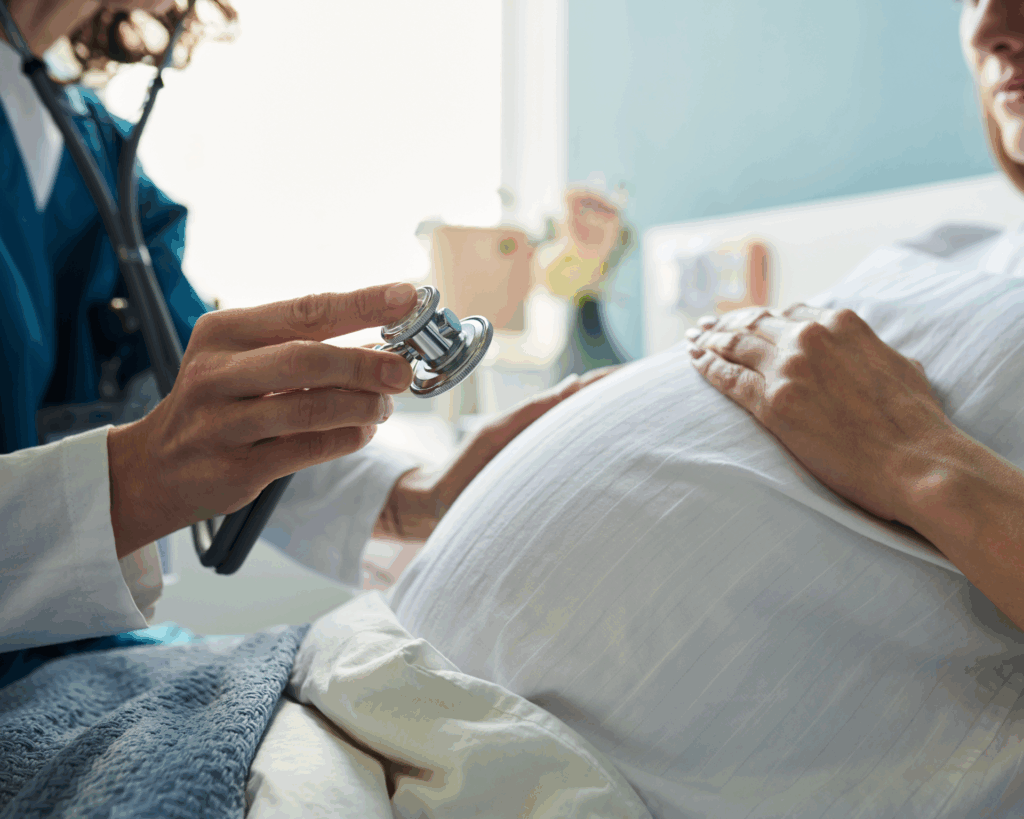What Are Crisis Pregnancy Centers and Who Visits Them?
The United States has three times more anti-abortion centers than abortion providers, but the extent of their use remains unclear.

Read Time: 2 minutes
Published:
If you search online for an abortion provider, some of the results may actually lead you to a crisis pregnancy center. Crisis pregnancy centers present themselves as medical clinics offering services like free pregnancy tests and ultrasounds. But they often withhold comprehensive information about pregnancy options because their mission is to oppose both contraception and abortion.
These anti-abortion centers are unlicensed, affiliated with religious organizations, and not subject to patient privacy laws. They are also known to target young people, people of color, and those living in poverty. Visitors to these centers may receive inaccurate medical information, such as the debunked claim that abortion causes breast cancer, or they may be misled about how far along they are in the pregnancy, potentially making them believe abortion is no longer an option.
The U.S. has three times more anti-abortion centers than abortion providers, but the extent of their use remains unclear. In a new study, Teresa Yang and colleagues estimated crisis pregnancy center attendance among 9,000 women aged 18 to 44 across Arizona, Iowa, New Jersey, and Wisconsin, using data from the Surveys of Women, a project that tracks access to reproductive health care in nine states.
Among respondents who had ever been pregnant or taken a pregnancy test, between 12% and 20% reported visiting a crisis pregnancy center. However, attendance was not associated with age, race/ethnicity, or socioeconomic status.

The survey did not ask why respondents visited anti-abortion centers, but many structural barriers to care, such as limited health services, restrictive local policies, and misleading search algorithms, may be driving people to these centers. These barriers have only grown since the 2022 Dobbs v. Jackson Women’s Health decision, as more states have banned or restricted abortion. Several states, including Florida, Texas, and Tennessee, now allocate public funds to anti-abortion centers.
As a result, more people may turn to these anti-abortion centers, either because they mistake them for legitimate clinics or because they are unaware of other options. Both scenarios have serious consequences. Delaying abortion care is risky, particularly in states that limit abortion access to the first weeks of pregnancy. Repeated exposure to misinformation may further erode trust in the health care system. An important first step is to ensure that pregnant people understand the difference between anti-abortion centers and legitimate reproductive health providers, and can distinguish between the two.



